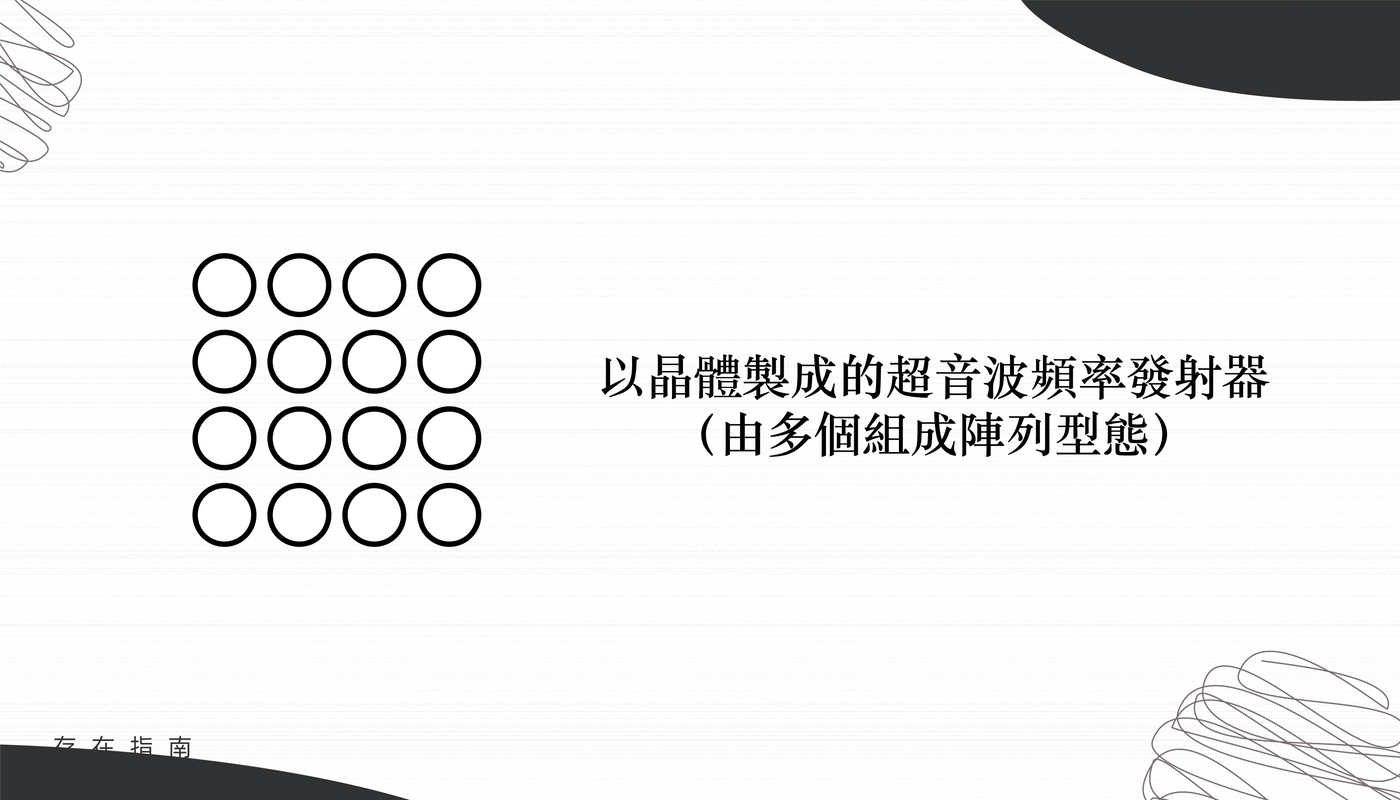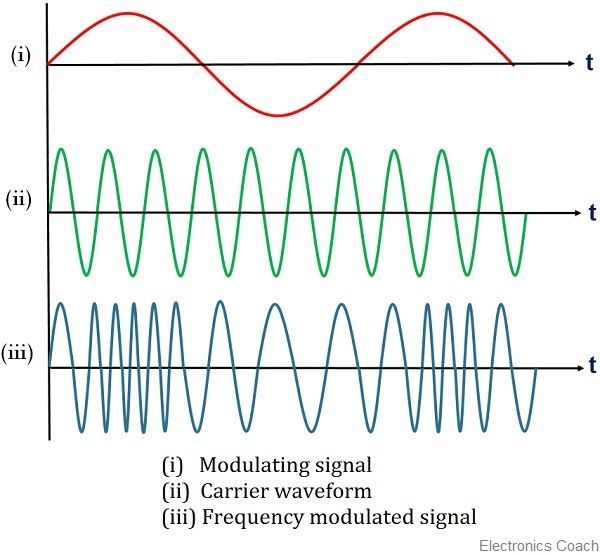Can we control who hears the voice? Introduction to the principle and application of directional speakers|Audio technology and sound exploration

On the stage of Nuoda, the spotlight fell on the musician who was playing solo, and the musician playing the violin instantly became the focus of the entire hall.
To create such an amazing tension, it is not only about the superb skills of the musicians, but also a spotlight that controls the light source within a certain range and makes the protagonist the only visible object in the dark is one of the indispensable elements. Since, with the development of modern technology, we have been able to control the "light" that has taken scientists for centuries to study, one can't help but wonder whether we can also control another item in our sensory perception, second only to What about visual hearing? More clearly, can we control the direction and range of invisible sound transmission?
The answer is yes, and let's get into the audio technology we're going to introduce today —
"Directional Speaker" that can control the sound direction and diffusion range
Introduction to small knowledge
-> Human hearing
In daily life, when an object collides, a part of its kinetic energy will be converted into sound energy carried by air as a medium, and when the oscillation frequency of these sound energy is between about 20–20000 Hz / sec, it can be received by our human ears.
-> Sound production of traditional speakers
On a traditional speaker, sound pushes air through a coiled cone driven by electromagnetic induction back and forth to generate an audible waveform that spreads out to the reach of the medium (in the air conduction, dissipation). Here is a super brief description, the detailed principle and mode of action can be Googled "how the speaker works".
So how do we control the range of sound transmission?
According to acoustics, the longer the wavelength, the lower the directivity, and the easier it is to escape and move in the medium. Conversely, when the frequency is higher and the wavelength is shorter, the directivity is more obvious, and its range can be controlled more easily. , in view of this, scientists set out to generate high frequencies.
Different from the above-mentioned ordinary speakers, in order to produce such high frequencies, the directional speakers must use another way to generate waveforms. Among the currently widely used technologies, energy transmitters made of crystals such as quartz are most commonly used. , this transmitter made of crystals that receive current can generate frequencies beyond the range of human hearing, that is, "ultrasonic Ultrasound" beyond 20 kHz. Using a transmitter made of many of these crystals at the same time, in an array, can boost its single tiny energy, making it truly a "Sound Beam".

However, how to make these ultrasonic waves become sound that the human ear can pick up again?
Modulation
In the principle of acoustics, the word Modulation can generally refer to "change", especially to use one physical waveform to change another waveform, thereby completing various applications. In this example of changing from one waveform to another, there will be an original waveform called carrier and another waveform called Modulator. Common examples are AM / FM / PM stands for Amplitude Modulation, Frequency Modulation, and Phase Modulation.
These modulations have a wide range of applications. For example, FM can modulate sound into high-frequency waves that can be transmitted remotely. When needed, it can be received and "decoded, or demodulated" by a receiver to restore the sound to the human ear. frequency range, that is, the radio radios we often use in our cars, the first telephone functions, etc.

Above image courtesy of: Electronics Coach
In directional speakers, various modulation methods are involved, such as the more commonly used FM frequency modulation and PM phase modulation.
Generation and Restoration of Ultrasound
The above-mentioned crystal array is not just as simple as generating ultrasonic waves, but through precise calculation, it generates waves of two frequencies, which we can call Carrier Wave (carrier wave) and Modulator Wave (modulator wave).
First of all, the crystal will generate a stable ultrasonic wave, which is between 40 kHz and 200 kHz depending on the crystal transmitter made by each brand. We use this stable frequency as the carrier .
At the same time, the crystal will generate a modulating wave with the carrier frequency as the reference and the frequency in the audible range of the human ear. For example, if the carrier wave is 100 kHz, the modulating wave will roughly emit between 100.2 kHz and 120 kHz. frequency between.
The waves of these two frequencies are emitted by the crystal at the same time, but the two are advancing in parallel , and they do not negotiate with each other during the transmission in the air. They are two beams that do not interfere with each other (Non-Overlapping).
Next, it is the key that ultrasound can restore the audibility of the adult ear: the waves of these two frequencies will negotiate and automatically demodulate when encountering obstacles .
The process is like this. When the two waves that were traveling in parallel and linearly touched the obstacle, they would interfere and mix together in an instant. At this time, a huge structural change (Destructively Construct Deform) would occur. At this moment, the repeated wave states of the two will cancel each other out according to the principle of acoustics, forming a third new wave state.
For example, with 100.2 kHz and 120 kHz, there will be 200-20 kHz frequency left to complete demodulation.
The acoustic principle in the above is the waveform cancellation of the opposite phase of Out Of Phase: under normal conditions, if two waves with equal frequencies and equal amplitudes are placed together at the same time, the two will cancel each other out. Amplitude and
frequency), it can completely cancel the sound energy, which is why during the mixing process of the song, the mixing engineer must repeatedly perform the Stereo-Mono stereo and mono interactive tests to avoid some sounds in the stereo mix. Out Of Phase They cancel each other out, resulting in the loss of certain frequencies, and even some more aggressive mixing methods will use Delay to create a slight time difference that humans cannot detect to avoid phase cancellation.
In this way, the ultrasound is decoded Decoding (or demodulation) into a pre-set frequency range audible to the human ear (Audible Sound — 20 ~ 20 kHz).
That is to say, when the ultrasonic wave emitted by the directional horn touches the person standing in front, the demodulation can be completed in an instant, and the sound can be heard by the people within the influence range.
The Modulation method formed by the same parameter interaction (Parametric Interaction) requires highly precise design and manufacture. Each crystal transmitter also needs to use various technologies to reduce the integrity of the frequency response, the decay and stability of the waveform, etc. and so on, so even in 2022, when this technology has been available for a long time, its price is still high, and there are even many relatively easy technical implementation methods. For example, some manufacturers use AM Amplitude Modulation to achieve such a function, and its effectiveness will be worse.
The above-mentioned crystal transmitter is a term translated by the author himself, and its name is Piezoeletric Transducer, piezoelectric transducer.
How does it actually feel?
After talking about the theory, let's actually listen to it. Below is a demonstration video of Acouspade developed by European Ultrasonics.
The magic of this technology can be felt from the DEMO film. Even if we are not at the scene, we can feel the magical feeling of the sound passing over our body, but obviously, the sound quality resolution is much lower than that of ordinary speakers.
This is the challenge that this technology has been facing since its inception. The sound quality and frequency response are worse than those of ordinary commercial speakers, so its application range has been thrown out of home audio, and various manufacturers are currently innovating for this. in technology.
Application of directional horn
Like many other technologies, directional speakers originated from military technology. Before they were improved, they were used in long-range, concentrated sound broadcasts on enemy ships on long-distance warships. At that time, they were called LRAD (Long Range Acoustic Device) long-range loudspeaker devices. Then, scientists found that in addition to the ability to transmit the sound farther under the same power, the characteristic that can be played more in the folk is the concentration of its sound.

Since about 2010, art galleries in Germany have begun to introduce such directional speakers. In the quiet exhibition hall, only tourists can hear the melodious music or explanation about the configuration of the exhibits before they step into the range of the exhibits. Practical applications in museums and art galleries are quickly spreading throughout Europe, and Taiwanese exhibition venues have recently begun to have a high willingness to introduce this method.
In addition to museums, such as libraries, hospitals, schools, conference rooms and even corporate offices, there are places where directional speakers can be used. Just imagine, if this technology is further improved in sound quality and the frequency response is more complete, it may be able to replace household speakers, and you can enjoy playing electric and watching TV in the living room without worrying about disturbing other family members or neighbors ( Of course, the configuration of the acoustic space is another configuration that needs to be done), and its commercial use can be said to be quite extensive.
Epilogue
As mentioned in the article, there are already many manufacturers working on this technology and improving it (such as installing sensors and axles, so that the speakers can continuously broadcast on moving objects without disturbing other people in the environment), However, there is still a long way to go before it is fully commercialized, and the author himself is quite optimistic about the forward-looking and commercial nature of this technology.
Taipei, Taiwan 2022/08/29
live to the fullest,
Leaving a proof of existence in the vastness. |Existence Guide Way To Exist
Like my work? Don't forget to support and clap, let me know that you are with me on the road of creation. Keep this enthusiasm together!

- Author
- More